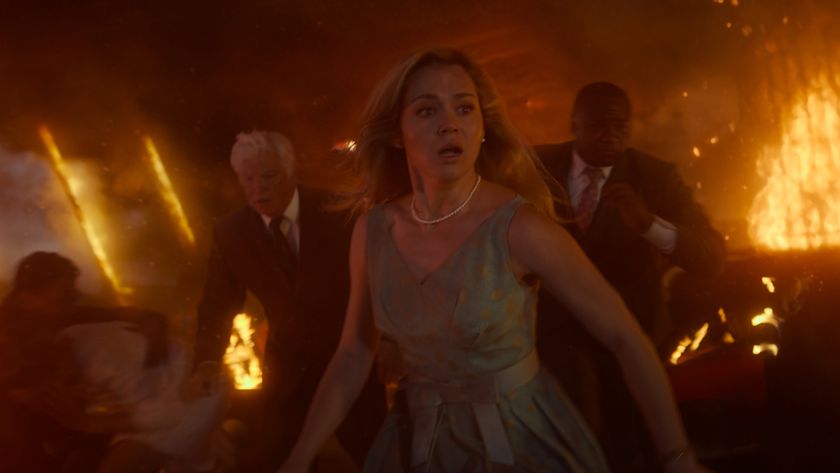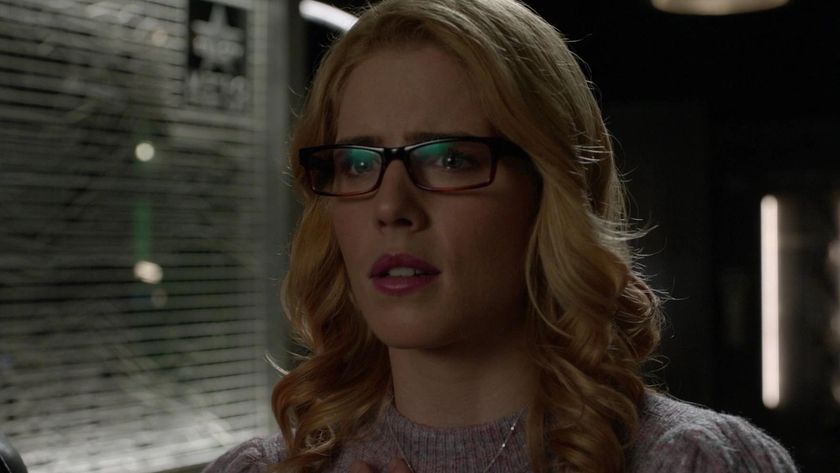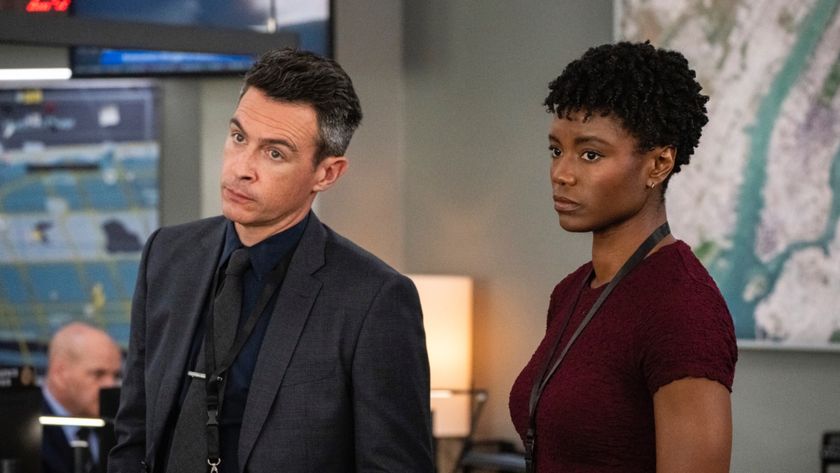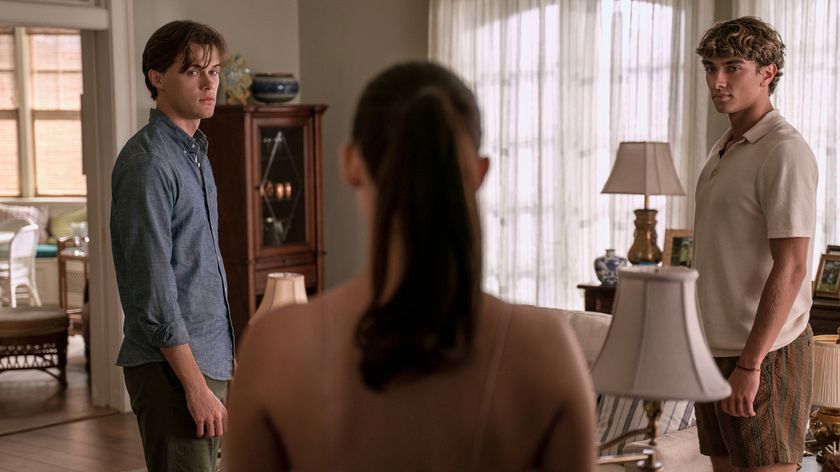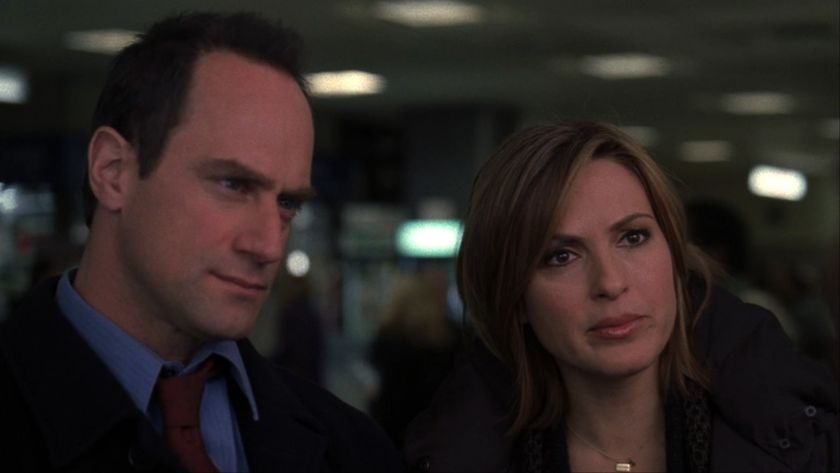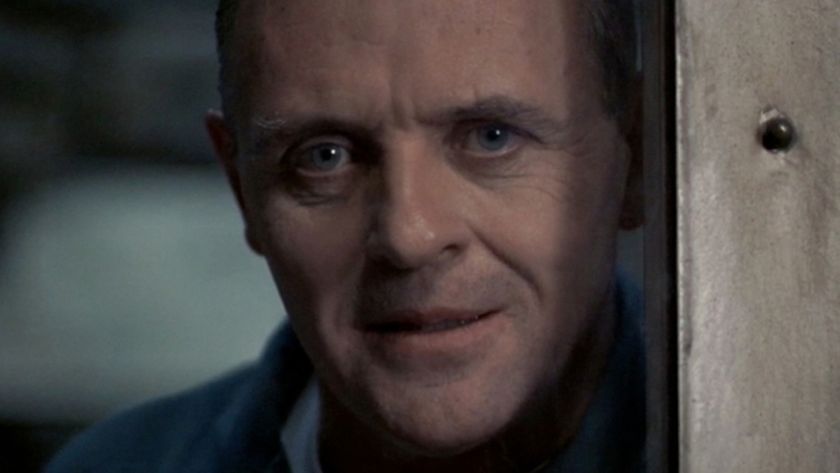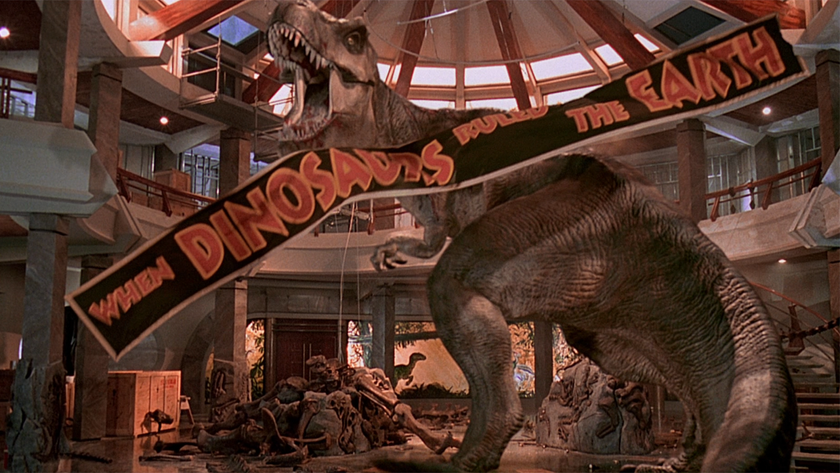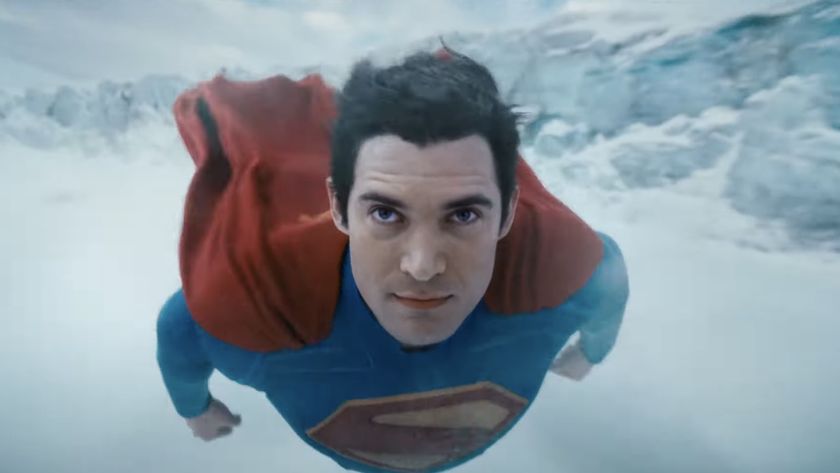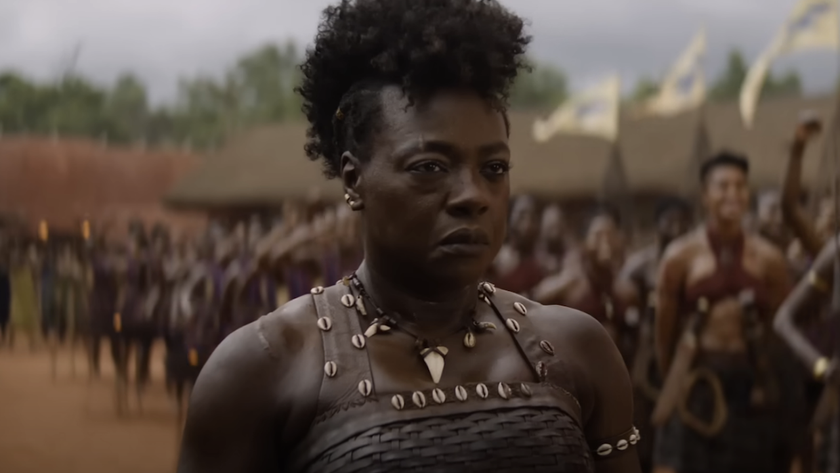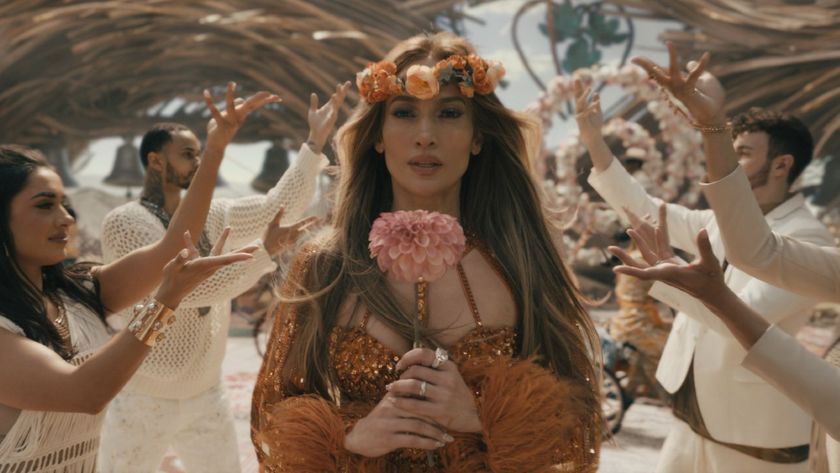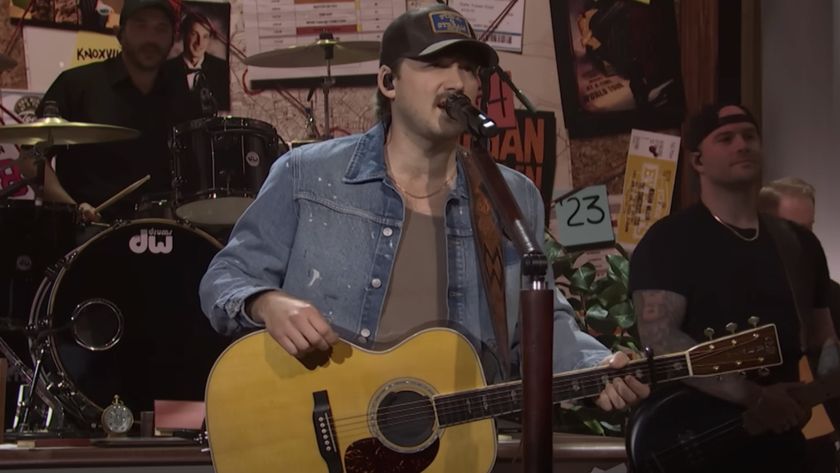How The Avengers Made A Motion Capture Hulk And Snagged An Oscar Nomination
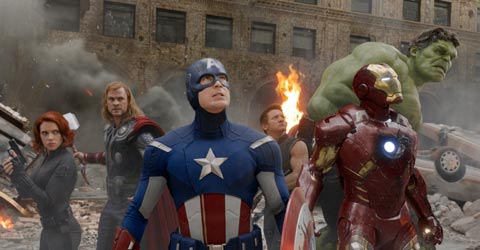
When it came to blockbuster movies, 2012 was an amazingly crowded year. Christopher Nolan completed his Batman trilogy with The Dark Knight Rises; the Twilight franchise came to a close with Breaking Dawn Part 2; everyone’s favorite webslinger was reborn in The Amazing Spider-Man; Peter Jackson returned to Middle Earth for The Hobbit; James Bond made his comeback with Skyfall; and a new young-adult sensation was created with The Hunger Games. But when the dust settled there was one movie that was clearly king of the mountain: Joss Whedon’s The Avengers.
The superhero film that brought together Iron Man, Thor, Captain America and The Hulk was nothing short of a phenomenon, not only becoming the third highest grossing film of all time – with a worldwide take of $1.5 billion – but also having brilliant success with critics - with a 92% rating on the review aggregation website Rotten Tomatoes. And as though that weren’t enough achievements for one movie, later this month the film will be competing with some of the best movies of 2012 for glory at the Academy Awards.
The Marvel Studios film has been nominated for this year’s Best Visual Effects award, and in anticipation of the ceremony I recently had the chance to sit down and talk with Executive Producer Victoria Alonso and ILM Visual Effects Supervisor Jeff White both about the movie’s most recent accolade and what went into the making of the movie. Read on!
Let me just start by saying congratulations on your Oscar nomination! Just knowing how much incredible hard work went into the making of this movie, what does it mean to receive that kind of recognition?
Victoria Alonso: I believe in the dream, so it’s a dream come true [laughs]. Every time that you start with a production you can get jaded by everything and then you can become quite negative. But the way that I work, and the way that I hope the teams that work with us behave is that we always try to keep it in a positive way. And I always say, if we do it right potentially we will be honored by a nomination. So it’s a joy, it’s an honor, and I know it sounds kind of cliché but it’s true. All I ever wanted to do is get one, so to me it’s a dream come true every time it happens.
Jeff White: I couldn’t agree more. It’s an incredible honor. It’s so nice. Visual effects as a nomination is really a nomination of so many people, and all their contributions in the entire process. They spend years on it before we even see it, and then we spend a crazy year and a half putting it together. So to see that work be recognized by the Academy is really thrilling.
You mention the sheer number of people who work on the visual effects of a film, but that all ties into a strange thing about visual effects, because it’s one part of filmmaking where you are trying to make your work as invisible impossible. You don’t want audiences to be able to tell the difference between your work and what was shot live-action. Does the victory for you come when audiences can’t tell what’s real and what’s not?
CINEMABLEND NEWSLETTER
Your Daily Blend of Entertainment News
VA: It’s kind of hard in this particular films…
Well of course there are some things…[laughs]
VA: If you don’t know if there’s a metal suit flying, and that is a visual effect…
But that’s the illusion that you’re trying to create, right?
VA: You hope that it’s integrated and done in a way and that the story relates in a way that you buy it. And not only do you buy it that it’s happening, you walk away from the screen and you go, “I would like to buy me one of those!” [laughs] You know how when you see a Ferrari or an Aston Martin you go, “I want to drive one of those!” Well, I want a suit. I want to get into an Iron Man suit. I would like to have the hammer for one day or the shield from Captain America. [pause] I don’t know that I’d want to turn into The Hulk [laughs]. But it’s one of those things where for these particular movies we’ve actually been honored and given the responsibility and the task to make sure that the story that we’re trying to tell is seamless with the amount of CG and visual effects. Details and characters.
JW: I definitely agree! One of the great things about this project and also working with Joss [Whedon] is that 2,200 plus visual effects shots is overwhelming to create. And you can get lost in it, and he’s always incredibly focused on made sure that it supported this great script and this great story that he was putting together. And for us, we know there are going to be effects that you’re going to know are effects – like The Hulk, which is so fun for us because we’re making great characters. But then there’s a class of work that we don’t want you to know. And that’s creating New York City. If people don’t even know it wasn’t shot in New York then that’s a real plus for us.
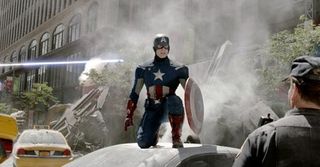
To kind of go back to the very start of this project, I’m curious about how you both felt going in to make The Avengers, because not only is this film the capstone of the Marvel Studios Phase One plans and bringing all of the heroes together in one movie, it also happens to be a film with a 30 minute long action sequence in the third act. How intimidating was it going in?
Victoria Alonso: Well, I started about seven years ago, and that was the first journey with Iron Man 1. And Kevin Feige, who was already at Marvel – he was there prior to us – and he was the force that said, “If we tell the origin pictures in a way that the characters find a home with fans then we could tell the group story and the collision of all of these forces together in a way that we can make them happy and satisfied. Because not everyone is an Iron Man fan, not everyone is a Cap fan, everybody has their own favorite. And so the greatest responsibility was to create something that would make fans happy knowing that we had so many different teams to make happy. As it was with actors in the production, because to get all these phenomenal talent together at the same time – and also to give them the amount of screen time that they deserve! It was a big juggle, and I think that that’s the one thing that we’re so, so grateful for. Because you can have seven years of trying and then nobody sees it! [laughs]
Jeff White: A couple people saw this one [laughs]. What’s great is that visual effects is very integrated right from the beginning of the production process now, so you know as you’re getting into pre-viz and [visual effects supervisor Janek Sirrs] was really involved. We can’t go out and do that 30-minute third act without an incredible amount of planning ahead of time. We had a six week photography shoot just to capture all of the raw materials of New York, and kind of had to know where all of the action was going to take place. So I think that collaboration with Janek and Joss was very important in making this successful.
I’m just going to be blunt in saying this because I just find it to be fact: The Avengers is one of the best, if not arguably the best comic book movie that we’ve seen and really is something special when you realize it as the sum of its parts. But in your process actually making the movie, did you ever have any kind of moment of realization that this movie was special?
VA: You don’t.
JW: No, you don’t.
Wow, never? Okay [laughs]
VA: No, because the moment you think, “I’m working on something special” it just… you work, and you work, and you work like a horse, and you work, and you battle the storm and the snow and the sand…
JW: Survival [laughs].
VA: You work and you hope to god that you make it on time [laughs]. I mean, you work through being sick – we both got awfully sick – and you work and you just hope that time is on your side. You just hope.
JW: And you really trust in your creatives, like Joss, that he has the whole picture in his head. And we at ILM we don’t see the whole movie – [turning to Victoria] you probably see it much earlier than we do – we don’t see the whole movie sometimes until it’s out in the theaters. So that’s always a really magical experience. You’ve worked so long on something and really focused on details, and then you see it kind of click in to the whole picture – and it’s like, “Wow, that’s a really great film.
VA: [To Jeff] Was it up to your expectations when you saw it? Well, you must have seen this one before…
JW: I’d seen it probably two months before – and it was actually at a perfect point because it was a hard show. We were all working really hard on it, and to go see it. There is something to… people really want to invest their time and their energy into something that’s great, and to be able to go and even see that early screening and come back and say, “This is a great movie that we’re working on,” that helps revitalize everybody for that last push.
I also really want to talk a bit about The Hulk in this movie, because each time I watch the movie he continues to be my favorite part of the film. And obvious credit has to go to Joss Whedon for his script and Mark Ruffalo for his performance, but this is also just the best physical representation of the character we’ve seen on screen. And a big difference between The Incredible Hulk and The Avengers is that this time around motion capture was used to capture the character. What was the motivating factor that led to that decision?
JW: When we were looking at Hulk and taking this on again it scared us to death, because creating a believable, digital human is at least one of the most challenging thing you can do in computer graphics. And the only way that we could really figure to get through it was that we have to have something in reality to base everything around. And luckily we also had a really willing actor in Mark Ruffalo, who just went through everything that we asked him to. Dental molds, and life casts and scans and photography…and he’s just the nicest guy. He still sent me an email when the award came out and he’s like, “Let’s do it again!” He’s just that kind of guy.
VA: He’s just a wonderful, wonderful person to work with.
JW: So with all of that data we took everything and made our digital version of him, and that’s where we solved the problem. Do the eyes look right? Does the skin look right? Are the pores the same? So everything that you see in Hulk was from Mark Ruffalo.
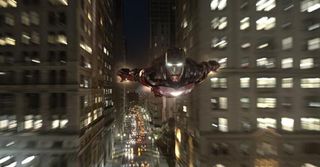
It honestly amazes me that we can do so much with CGI at this point – in fact we can do practically anything. But there really is an extra quality that comes with having the human underneath. Is that something that’s definable?
Jeff White: It really comes down to a performance thing. There’s so much subtlety, even sub-frame subtlety that you don’t realize.
Victoria Alonso: But what did you say too? I think it has everything to do, you’re right, with performance, but you have to be critical of the amount of time that you allow for that technology. Because that technology is there. But people, because they think the technology is there, they go, “Oh it gets done! Everything is so fast now! Everything is digital! Everything is now!” When it comes down to a best like The Hulk – and I mean that in the sense of what a mountain it is to climb, the journey of defining it – if you don’t give it the right time you will fail. And that’s the one thing that we were religious about.
JW: Absolutely.
VA: We said, “This is the time that you must have these plates, this is the time…” and Joss was incredibly collaborative in trying to get there. We knew that if we didn’t give ILM the amount of time that they needed then their character wasn’t going to be there.
JW: It’s very true. [To Victoria] It takes some leap of faith on your part to be patient enough to say, “This will get there.” Because there are many, many rounds of, “Ummm…not quite there yet.” Even once we had one version that we were like, “Oh, that works pretty good in this shot,” – we put him in a new shot…
VA: And it’s night and day.
JW: I always talk about his green and how we had so much terminology. Pumpkin Hulk. Minty Hulk.
VA: Puke-y Hulk [Laughs]
JW: There was a right green, no matter where he was, that we just had to find.
VA: And we landed there, but you need the time to get through it.
Before I go, I do want to ask about the future of Marvel.
VA: The future is bright! [laughs]
Obviously all of the films in Phase Two are going to have a significant visual effects element, but the one I am beyond curious about Guardians of the Galaxy. I know production is going to start this summer…
VA: Production has already started! Completely. It started months ago and we have an entire team in London already – we start shooting in June. Our director [James Gunn] travels next week and it’s going, baby! It’s a fast train to a beautiful place.
What makes me fascinated by the project is that you have five members of this team, and one of them is Rocket Raccoon, a talking raccoon, and another one is Groot, who is quite literally a walking tree. You’re obviously not putting a person in a costume for those parts. Are those going to be fully CG characters? Are there plans to use motion capture again?
VA: We’re going to do a combination. You can’t do any motion capture with a raccoon – they won’t let you put the suit on [laughs]. But we will do rotomation, probably, for some of the behavior. Rocket will have his own personality, of course, and clearly we can’t do mocap on a tree, per say, but we definitely will have performers to emulate what James Gunn will lead to be the behavior and the performance. He’s very clear on where he wants to take the characters.

Eric Eisenberg is the Assistant Managing Editor at CinemaBlend. After graduating Boston University and earning a bachelor’s degree in journalism, he took a part-time job as a staff writer for CinemaBlend, and after six months was offered the opportunity to move to Los Angeles and take on a newly created West Coast Editor position. Over a decade later, he's continuing to advance his interests and expertise. In addition to conducting filmmaker interviews and contributing to the news and feature content of the site, Eric also oversees the Movie Reviews section, writes the the weekend box office report (published Sundays), and is the site's resident Stephen King expert. He has two King-related columns.
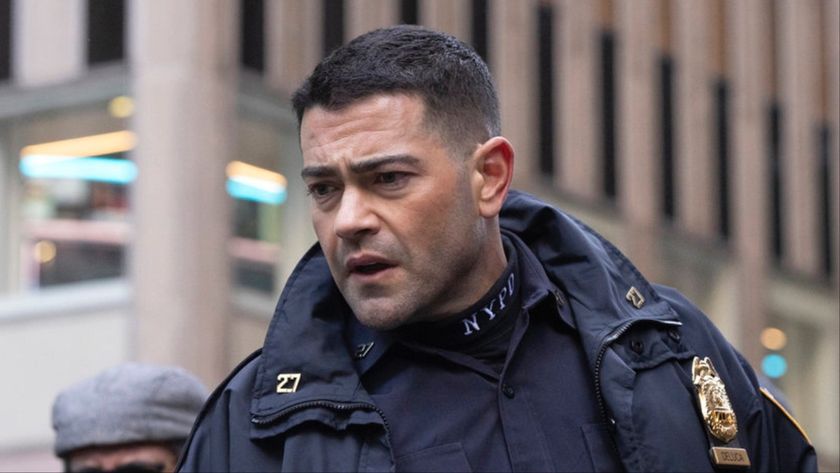
Law And Order Guest Star Shares What Was 'A Little Embarrassing' While Filming With Reid Scott, And Now I Wish There Were Bloopers
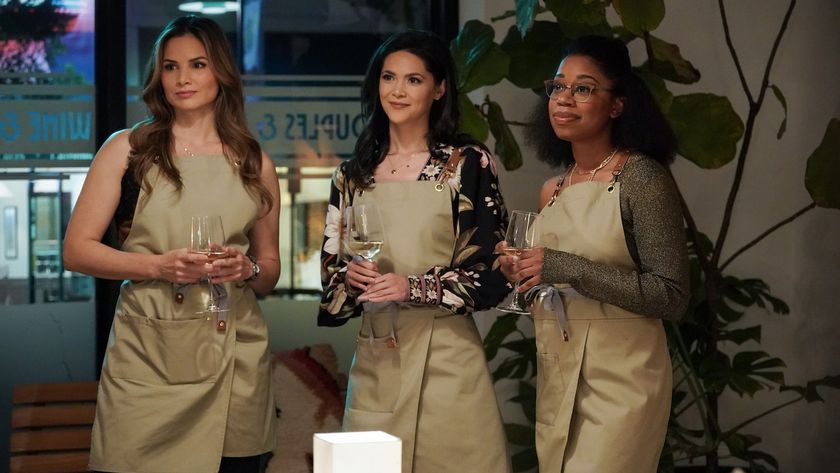
NCIS’ Diona Reasonover Opened Up About The Latest Episode’s Smoky Kiln Scene And More, But I Especially Liked Her Thoughts On Kasie And Knight’s ‘Rock Solid’ Friendship
